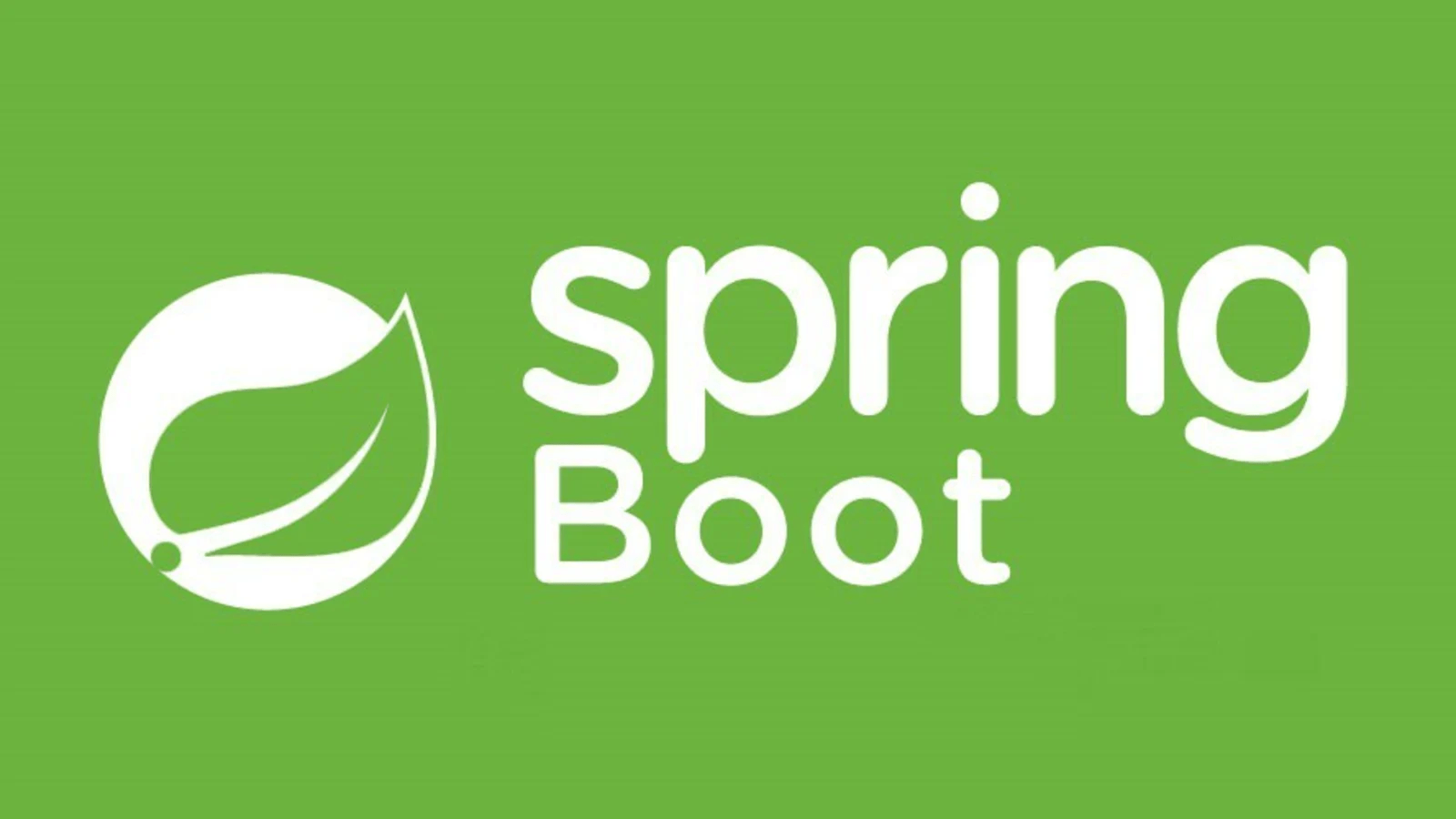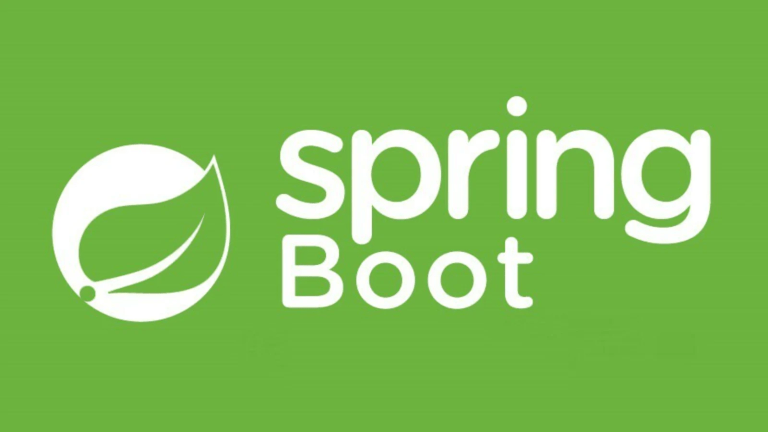Building Scalable Microservices: Spring Boot and Kubernetes Horizontal Pod Autoscaling
Scalability is the backbone of modern applications. With more users, requests, and demand, the ability to scale your system effectively ensures that your application not only survives but thrives under pressure. For microservices developed in Spring Boot, integrating with Kubernetes Horizontal Pod Autoscaling (HPA) offers a robust solution for dynamic scaling based on demand.
This guide will take you through the essential steps of building scalable microservices using Spring Boot and Kubernetes HPA. You’ll learn about metrics-based scaling, YAML configuration, performance tuning tactics, and how to monitor everything with Prometheus.
Table of Contents
- Why Scalability is Critical for Microservices
- CPU and Memory Metrics for Scaling
- HPA YAML Configuration
- Real-World Performance Tuning
- Metrics with Prometheus
- Summary
Why Scalability is Critical for Microservices
Microservices architectures split monolithic applications into smaller, independent services. Each service can scale separately, making scalability more granular and cost-effective. However, in a cloud-native environment, traffic surges can occur unpredictably. If services cannot scale dynamically, it results in poor user experiences, timeouts, or even outages.
Kubernetes HPA (Horizontal Pod Autoscaler) solves this problem by adding or removing pods (instances of a service) based on resource usage like CPU or memory. For instance:
- When traffic spikes, HPA automatically increases the number of pods to handle the load.
- When traffic decreases, it scales down pods to reduce costs.
This elasticity makes HPA perfect for microservices built with Spring Boot.
CPU and Memory Metrics for Scaling
Why Monitor CPU and Memory?
The first step in auto-scaling is to determine the correct metrics to monitor. Kubernetes HPA primarily uses CPU utilization and memory usage to decide when to add or remove pods. These metrics are collected continuously by Kubernetes with the help of its monitoring stack, metrics server, or external tools like Prometheus.
Configuring Resource Requests and Limits
Every microservice pod should have clearly defined resource requests (guaranteed resources) and limits (maximum allowable resources). These settings are critical for HPA to make scaling decisions effectively.
Here’s an example of resource requests and limits defined in a Kubernetes Deployment manifest:
resources:
requests:
memory: "256Mi"
cpu: "200m"
limits:
memory: "512Mi"
cpu: "500m"
- The pod requests 200 millicores of CPU and 256MB of memory.
- Kubernetes will allocate up to 500 millicores and 512MB if needed, but not more.
How Kubernetes Monitors CPU and Memory
- CPU Utilization: Measured as the percentage of cores in use compared to the pod’s allocated capacity.
- Memory Usage: Measured in absolute bytes (how much memory is consumed by the pod).
HPA makes scaling decisions by checking how closely your pods’ usage matches the thresholds defined in the scaling policy.
When to Use CPU Vs. Memory for Scaling?
- CPU-based autoscaling is effective for CPU-intensive workloads, like heavy computations or data processing.
- Memory-based autoscaling is better suited for services that load large volumes of data into memory, such as caching layers or query-heavy database services.
HPA YAML Configuration
Configuring the Horizontal Pod Autoscaler in Kubernetes starts with defining the scaling rules in a YAML file. Below is a step-by-step guide.
Example HPA Configuration
This HPA scales a Spring Boot microservice based on CPU utilization:
apiVersion: autoscaling/v2
kind: HorizontalPodAutoscaler
metadata:
name: spring-boot-hpa
namespace: default
spec:
scaleTargetRef:
apiVersion: apps/v1
kind: Deployment
name: spring-boot-app
minReplicas: 2
maxReplicas: 10
metrics:
- type: Resource
resource:
name: cpu
target:
type: Utilization
averageUtilization: 70
Key Configuration Points:
- scaleTargetRef: Specifies the Kubernetes Deployment (i.e.,
spring-boot-app) associated with the HPA. - minReplicas and maxReplicas: Defines the minimum and maximum number of pods that should be running.
- metrics: Sets the target resource (
cpuin this case) and desired threshold (70%CPU utilization).
Apply the HPA
After defining the HPA, apply it with:
kubectl apply -f spring-boot-hpa.yaml
Testing Autoscaling
To test your HPA, simulate traffic using tools like Apache JMeter or K6. Monitor pod scaling using:
kubectl get hpa
This will display current replica counts and resource usage.
Real-World Performance Tuning
Scaling decisions can sometimes be too slow or too aggressive without fine-tuning. Here’s how to optimize for real-world workloads:
1. Balance Minimum and Maximum Pods
Choosing the right minReplicas and maxReplicas values is crucial. Set minReplicas to sustain a baseline load and avoid overloading a single pod during spikes. Keep maxReplicas high enough to handle sudden surges.
2. Adjust Metrics Thresholds
The averageUtilization value for CPU or memory defines how aggressively the HPA scales. A lower threshold triggers scaling earlier but increases costs, while a higher threshold saves resources but risks latency.
3. Enable Multi-Metric Scaling
Combine scaling rules for CPU, memory, or custom metrics:
metrics:
- type: Resource
resource:
name: cpu
target:
type: Utilization
averageUtilization: 80
- type: Resource
resource:
name: memory
target:
type: Utilization
averageUtilization: 65
4. Optimize JVM Settings in Spring Boot
Spring Boot runs on the Java Virtual Machine (JVM), which can impact resource utilization:
- Tune the heap size to avoid excessive memory usage:
java -Xms256m -Xmx512m -jar app.jar - Use profiling tools such as VisualVM or JProfiler to analyze bottlenecks.
Metrics with Prometheus
Monitoring with Prometheus
Prometheus can collect and visualize metrics from both Kubernetes and Spring Boot microservices, enabling proactive monitoring and debugging.
Set Up Prometheus with Kubernetes
Deploy Prometheus in your Kubernetes cluster using Helm:
helm repo add prometheus-community https://prometheus-community.github.io/helm-charts
helm install prometheus prometheus-community/prometheus
Expose Spring Boot Application Metrics
Spring Boot provides out-of-the-box support for metrics through its Micrometer library.
Add the Micrometer Prometheus dependency:
<dependency>
<groupId>io.micrometer</groupId>
<artifactId>micrometer-registry-prometheus</artifactId>
</dependency>
Expose metrics at the /actuator/prometheus endpoint by enabling Prometheus in application.yml:
management:
endpoints:
web:
exposure:
include: prometheus
Visualizing Metrics
- Use Grafana with Prometheus as the data source to create dashboards.
- Monitor key metrics like:
- CPU usage by pod
- Memory usage trends
- Request latencies
Summary
Scaling microservices effectively is no longer a luxury but a necessity in today’s environments. Kubernetes Horizontal Pod Autoscaling (HPA) combined with Spring Boot provides robust solutions to manage traffic surges seamlessly. Here’s a quick recap of what we covered:
- CPU and Memory Metrics: Understand resource usage to make data-driven scaling decisions.
- HPA YAML Configuration: Define clear scaling rules for dynamic pod management in Kubernetes.
- Performance Tuning: Adjust scaling parameters and JVM settings for optimal application performance.
- Monitoring with Prometheus: Gain full visibility into your metrics to ensure smooth scaling.
Here are the official documentation links relevant to the blog post:
- Kubernetes Horizontal Pod Autoscaler Documentation
- Micrometer Prometheus Integration Documentation
- Spring Boot Metrics with Micrometer Documentation
By following these practices, you can build scalable and efficient systems that adapt gracefully to demand. Start implementing Kubernetes HPA in your Spring Boot microservices and take scalability to the next level!




